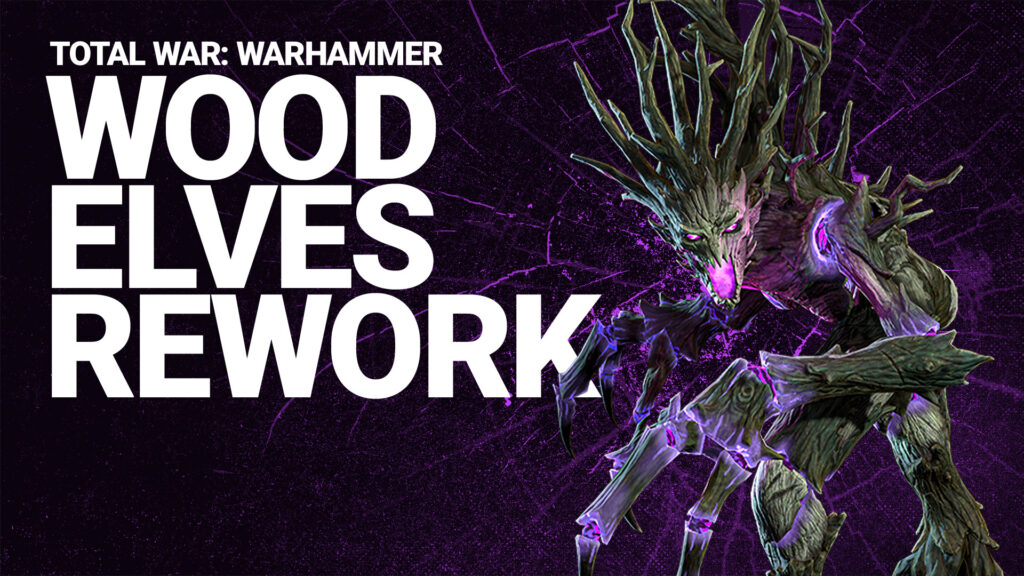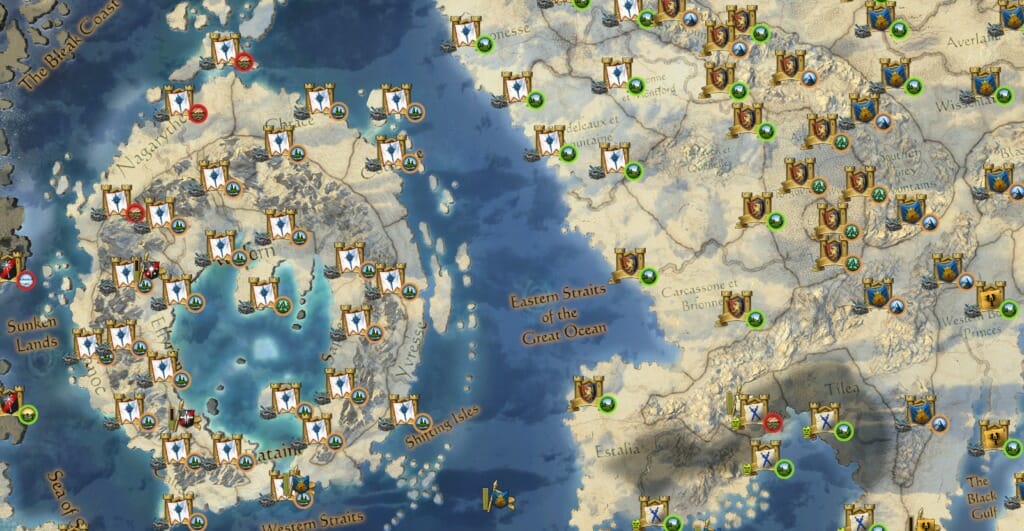“It’s great fun to release your inner warrior and a round of screaming can be pretty cathartic!”: getting to grips with group vocalisation
It’s (usually) easy to wrangle one voice actor – but what about a whole gaggle of them?
We sat down with senior dialogue audio engineer Victoria Prentice to talk about how we use group vocalisation in Total War games, the best way to bring life to the battlefield, and the importance of a good battle axe.
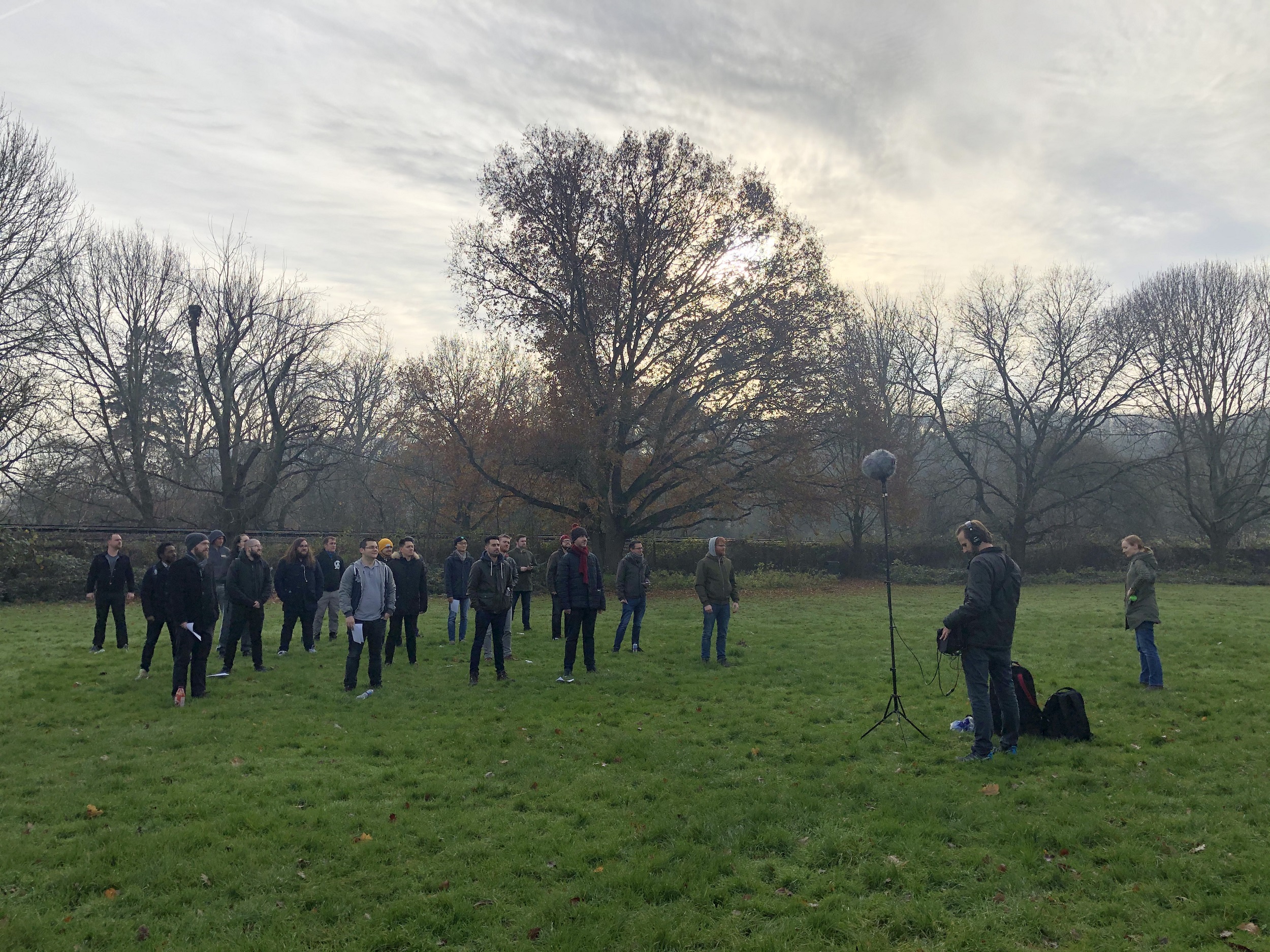
CA: How is group vocalisation used in Total War games?
Victoria Prentice: The group vocalisations work alongside other sound design elements to help create the epic scale of a Total War battle and give them a real sense of size and weight. They also help to telegraph changes on the battlefield and provide feedback to the player, for example if a charge is happening off screen or one of their units is being routed.
CA: Why is the use of group vocalisation so important?
Victoria Prentice: Due to the scale of most of our battles, which often involve thousands of participants at a time, the single most pervasive element on the battlefield tends to be the voice. Group vocalisations help to create the scale of these vast armies pitted against each other and the human element really adds to the immersion.
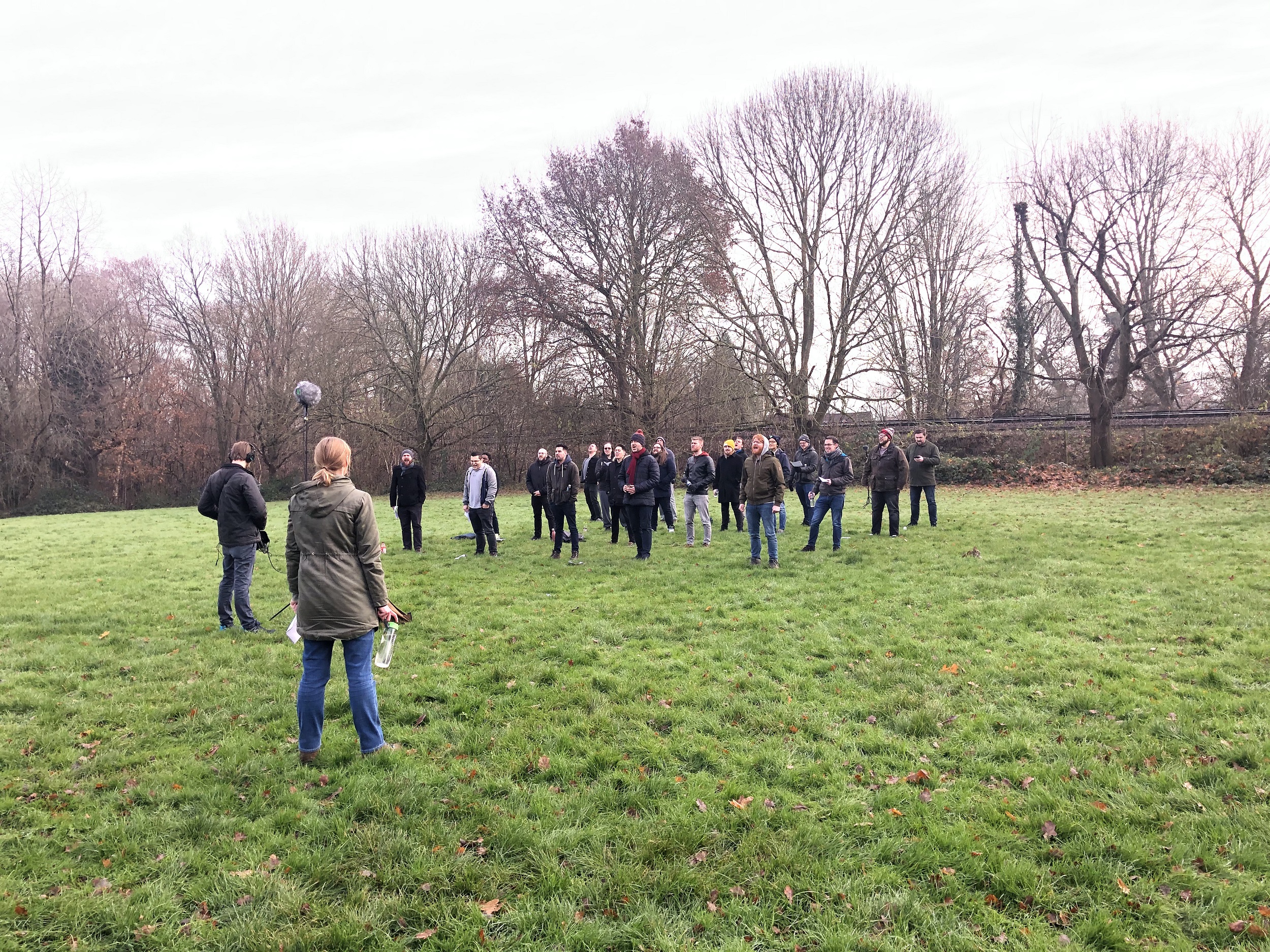
CA: How do you record group vocals for the Total War games?
Victoria Prentice: The group vocalisations are generally made up of three elements. First of all, we record incidentals with one person at a time to create points of interest, basically encouraging our volunteers to imagine themselves in battle charging at the enemy, attacking with a variety of weapons, being injured, etc. Next, we record clusters of four people at a time in the studio. Finally, we record groups of 20 people at an exterior location with several different mic setups at a variety of perspectives. Some of these vocalisations are in unison like the unit responses and chants in order to give the sense of a unified fighting force. Others will be more staggered to add realism to the battlefield like routs, collisions, or charges.
CA: How is recording group vocalisations different from recording individual character voices?
Victoria Prentice: We cast and record character voices with professional actors, working with a full character brief and script. The group vocalisations contain little to no actual dialogue at all, save from a handful of one or two-word unit responses. Due to the sheer number of people needed for the groups, we sometimes hire in loop groups of actors but we also enlist the help of volunteers, most often our fellow Creative Assembly staff members. Luckily, we have plenty of enthusiastic colleagues who are keen to get involved, and their knowledge of Total War really helps them to visualise what we’re doing in the context of the game.
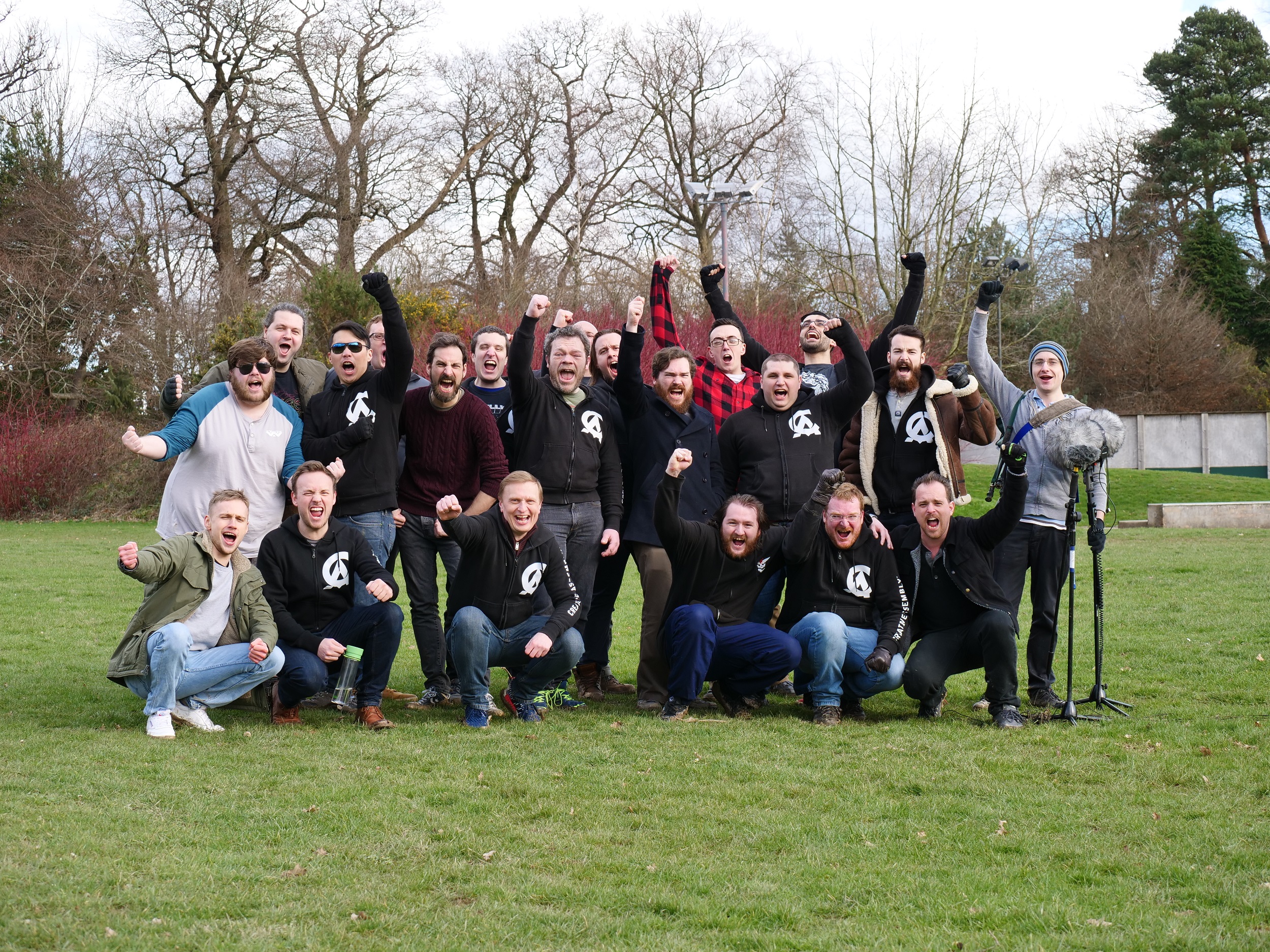
CA: How do you use what you record from group vocalisation sessions?
Victoria Prentice: We combine all of our different group recordings to author a variety of assets, from one-shots like unit responses to 30-second loops that can play continuously like chants, fatigue, or encouragement. When recording, we’ll record multiple takes of each vocalisation and have the volunteers move around between takes so we have more variation. We also create different sizes of each asset. By authoring small, medium, and large group assets, we can use Wise to blend between them depending on the size of the group in battle.
CA: What are the unique challenges of recording group vocalisations?
Victoria Prentice: Mobilising so many people can be a challenge, especially when we need 20 volunteers at a time to record outside. Recording externally raises other issues as well, for example we’re always keeping an eye on the weather forecast in case of rain, or we might need to halt recording for nearby cows or helicopters flying overhead. However, we’re lucky to have so many of our Creative Assembly staff volunteers willing to help us out and eager to get stuck in.

CA: What do you enjoy most about it?
Victoria Prentice: The group vocalisations offer a unique challenge. The way we author and implement these assets is so different to character VO. This enables us to think about and use these vocal elements in a different way. Plus, it’s nice to get the opportunity to get on the other side of the mic for a change. It’s great fun to release your inner warrior and a round of screaming can be pretty cathartic!
CA: What’s the most unusual group vocalisation recording you’ve done for Total War games?
Victoria Prentice: In terms of sessions I’ve helmed, I’d have to go with zombie pirates for the Total War: WARHAMMER II DLC Curse of the Vampire Coast – that was a fun one to direct. I’ve also had great fun pretending to be a Skaven and a Skink myself for Total War: WARHAMMER II.
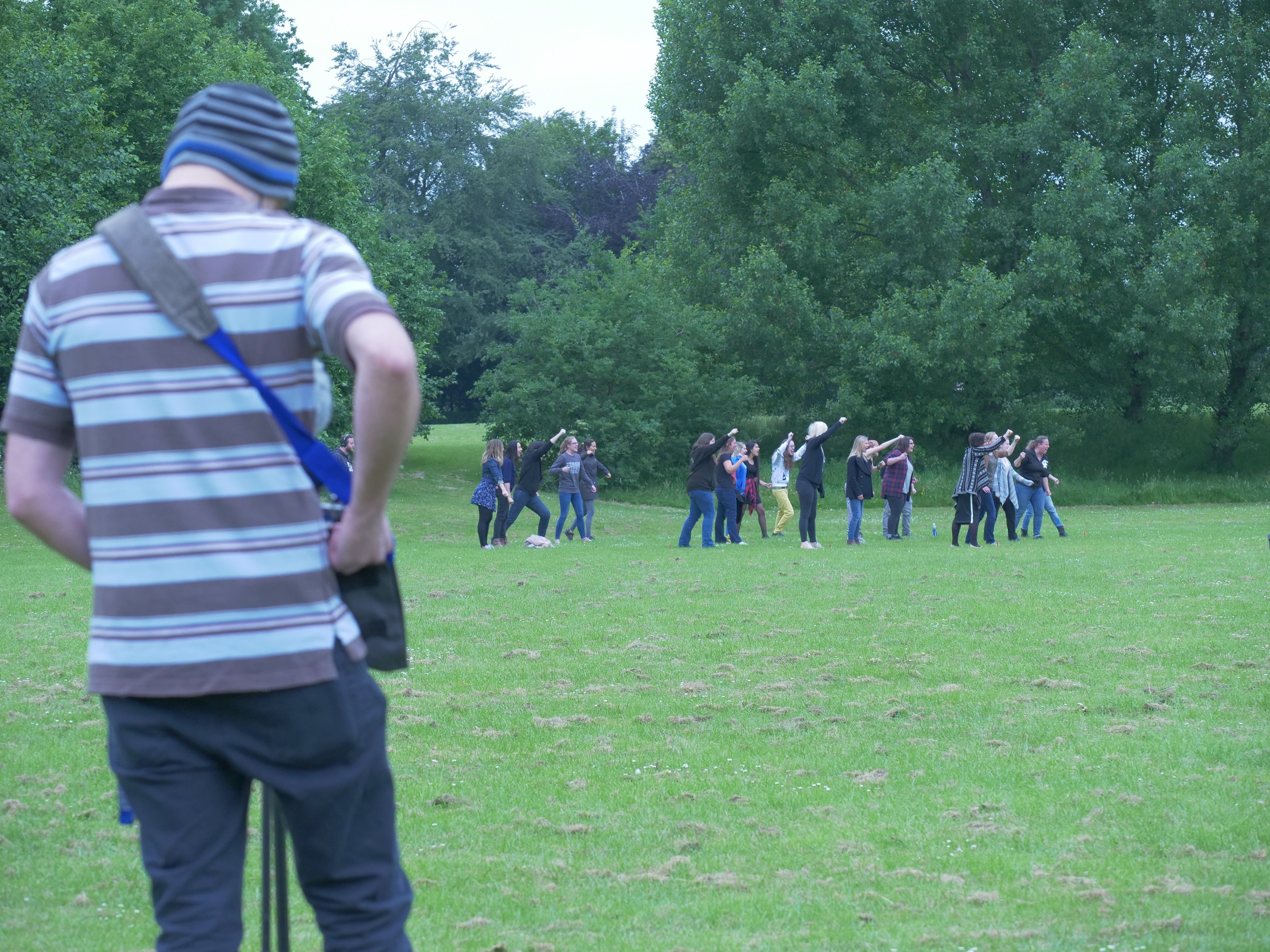
CA: Do you have any particularly amusing stories about group vocalisation recordings?
Victoria Prentice: When one of our team was recording a group vocalisation update for Total War: WARHAMMER II, a member of staff turned up to a Dwarfs incidental recording session with a full-scale replica battle axe. It just goes to show how much love our staff have for that franchise and its lore. Plus just hanging onto it seemed to improve their performance!
CA: What have been your favourite group vocalisation recordings so far?
Victoria Prentice: It’s hard to choose as we work across all the Total War titles. Total War: WARHAMMER is always so much fun and gives us a chance to get inventive, but I’ve recorded some exciting vocalisations for THREE KINGDOMS as well. We’ve also been working on some really cool new stuff for TROY – I can’t say more at the moment but watch this space!

Check out some of our other behind-the-scenes interviews here!
